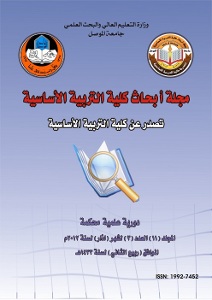“Kurt Vonnegut's Cat's Cradle: A Game of Dystopian Strings”
Abstract
Kurt Vonnegut's Cat's Cradle (1963) is a critique of the 20th century's veneration of science, worship of technology, proliferation of destructive weapons, and dominance of politics. Furthermore, it challenges the belief that abstract earthly religious philosophical ideas can control human thought and offer solutions to the world's problems and enigmas.People worldwide have observed the prevalence of injustice, corruption, and folly in their societies. This has led to a desire for a utopian system where they can coexist in a perfect model community. Whether such a society is attainable is a central question explored in many of Vonnegut's works. This paper will seek a compelling answer to this query through the dystopian chaos of San Lorenzo, which often exacerbates problems without providing solutions.This paper aims to examine Cat's Cradle in relation to dystopian concepts. It emphasizes the dystopian occurrences and actions within the novel's complementary settings: Ilium, New York, and San Lorenzo. The research unveils the failure of science and technology to deliver a better life, sheds light on the role of mundane religious philosophy in misleading society, and discusses the inability of various economic systems to generate material prosperity. Additionally, the paper offers a symbolic analysis of the novel's title in relation to its central theme.
